
Get ready to soar to new heights with this ultimate warm-up guide for runners! Whether you're a seasoned marathoner or just starting your running journey, these 10 essential exercises and stretches will help you reach your peak performance.
From dynamic stretches for your legs to core activation exercises and upper body warm-up movements, this article has it all.
So lace up your shoes, embrace the freedom of the open road, and get ready to run to the top!
Dynamic Stretches for the Legs
You should start your run with dynamic stretches to warm up your legs. These stretches not only help to increase your flexibility but also prepare your muscles for the upcoming workout.
One effective leg-strengthening exercise is the walking lunge. To perform this exercise, take a step forward with your right foot and lower your body until your right knee is at a 90-degree angle. Push off your right foot and bring your left foot forward, repeating the process. This exercise targets your quadriceps, hamstrings, and glutes, helping to build strength and endurance.
Another essential injury prevention technique is the standing calf raise. Simply stand with your feet shoulder-width apart, rise up onto your toes, and then lower back down. This exercise strengthens your calf muscles, reducing the risk of strains and tears.
Incorporating these leg-strengthening exercises and injury prevention techniques into your warm-up routine won't only enhance your running performance but also keep you free from injuries, allowing you to enjoy the freedom of running to the top.
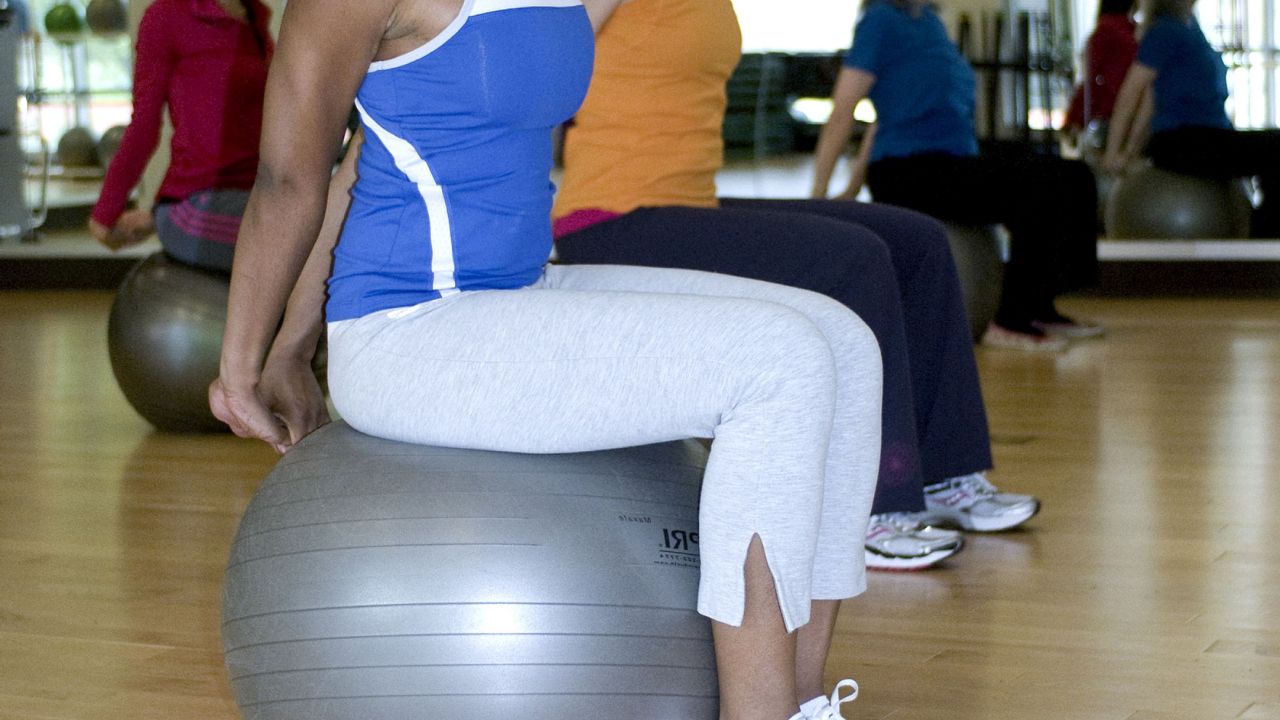
Core Activation Exercises
To effectively activate your core before a run, try incorporating plank exercises and bicycle crunches into your warm-up routine. These exercises are great for improving core stability and core strength, which are essential for maintaining proper running form and preventing injuries.
Start with a plank exercise by getting into a push-up position with your forearms on the ground and your body in a straight line from head to toe. Hold this position for 30 seconds to a minute, engaging your core muscles the entire time.
Next, move on to bicycle crunches by lying on your back, bending your knees, and placing your hands behind your head. Alternate bringing your right elbow to your left knee and your left elbow to your right knee in a bicycle-pedaling motion. Aim for 10 to 15 repetitions on each side.
These core activation exercises will help you feel strong and stable during your run, allowing you to perform at your best. So, make sure to include them in your warm-up routine and enjoy the freedom of a strong core.
Upper Body Warm-Up Movements
For an effective warm-up, start with some arm circles and shoulder rolls to loosen up your upper body. These movements will help improve your upper body flexibility and shoulder stability, allowing for a smoother and more efficient run.
Here are three additional upper body warm-up exercises to add to your routine:
Push-Ups: Begin in a high plank position with your hands slightly wider than shoulder-width apart. Lower your body by bending your elbows, keeping them close to your sides. Push back up to the starting position, engaging your core and chest muscles. Push-ups not only warm up your upper body, but also activate your core muscles, preparing you for the demands of running.
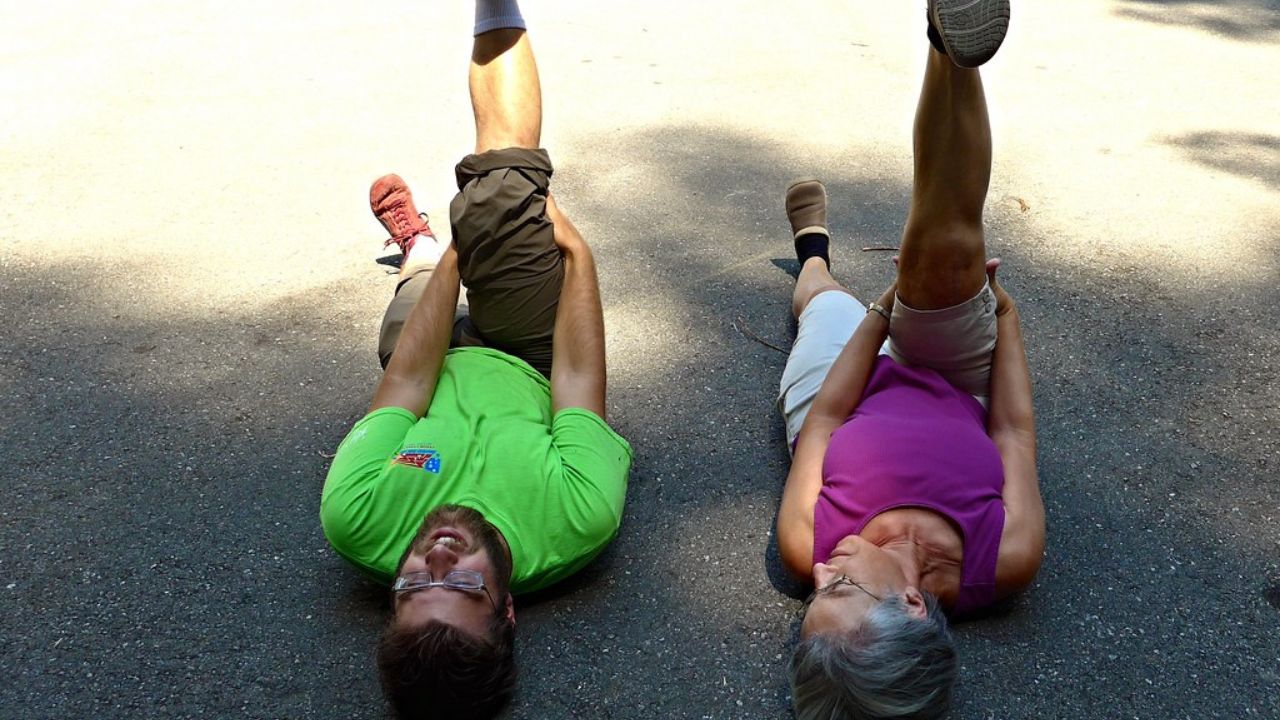
Arm Swings: Stand with your feet shoulder-width apart and extend your arms out to the sides. Swing your arms forward and backward, focusing on a full range of motion. This exercise helps to mobilize your shoulder joints and increase blood flow to your upper body.
Tricep Dips: Sit on the edge of a chair or bench with your hands gripping the edge. Extend your legs out in front of you, then lower your body by bending your elbows. Push back up to the starting position, feeling the burn in your tricep muscles. Tricep dips are a great way to warm up your upper body and target the muscles at the back of your arms.
Hip Mobility Exercises
After you have completed the upper body warm-up exercises, it's important to focus on hip mobility exercises to ensure proper alignment and flexibility during your run. Hip mobility exercises are crucial for runners as they help prevent calf cramps and allow for a smooth and efficient stride.
Start by performing standing hip circles, where you rotate your hips in a circular motion, loosening up the joints and increasing range of motion.
Next, try the hip flexor stretch, which targets the front of your hips and helps alleviate tightness.
Don't forget to incorporate lateral leg swings and glute bridges to activate and strengthen your hip muscles.
Dynamic Stretches for the Calves
Get ready to give your calves the warm-up they need for a successful run. Dynamic stretches for the calves not only help prevent cramps but also improve your overall running performance.
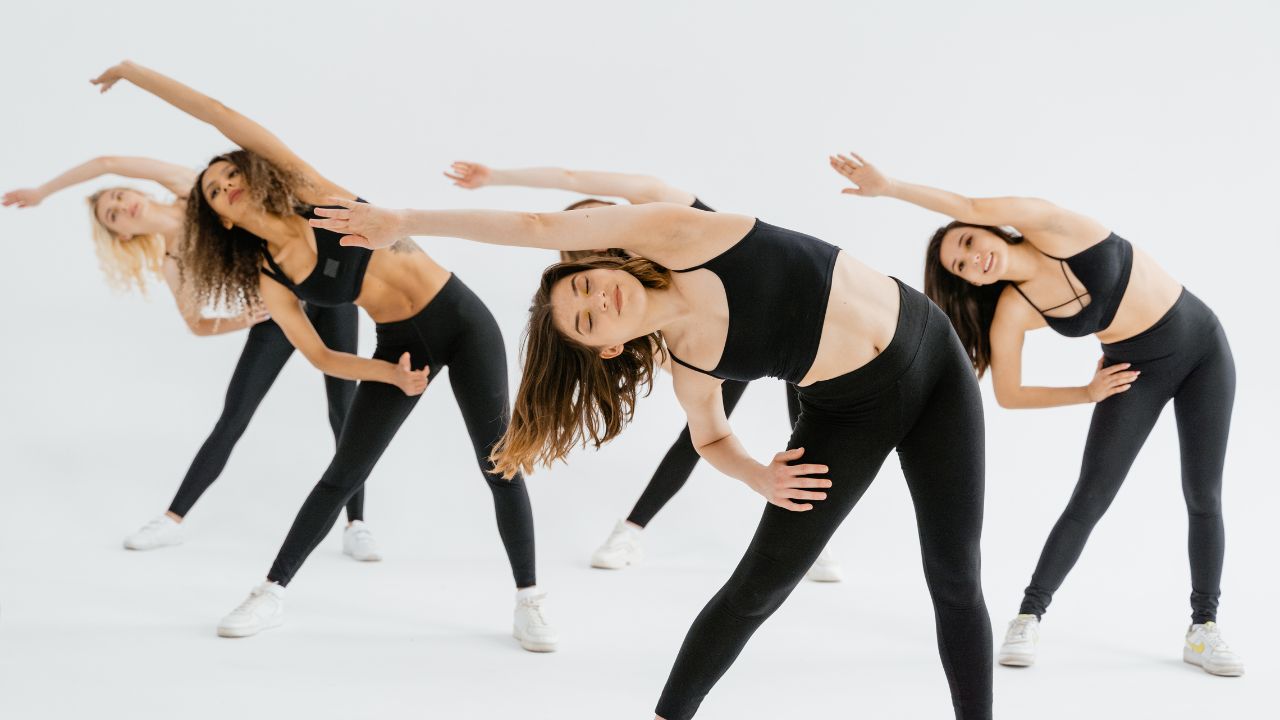
By incorporating these stretches into your warm-up routine, you'll be setting yourself up for a more powerful and efficient stride.
Calf Muscle Warm-Up
Start by performing three sets of 10 calf raises to warm up your calf muscles before your run. This simple exercise will activate your calf muscles and increase blood flow to the area, preparing them for the upcoming workout.
In addition to calf raises, there are a few other dynamic stretches you can incorporate into your warm-up routine to prevent calf injuries and maximize your running performance:
Standing Calf Stretch: Stand facing a wall, place your hands on the wall for support, and take a step back with one foot. Keep your back leg straight and your heel on the ground. Lean forward to feel a stretch in your calf. Hold for 30 seconds on each leg.
Seated Calf Stretch: Sit on the ground with your legs extended in front of you. Loop a towel or resistance band around the ball of one foot and gently pull towards you, feeling a stretch in your calf. Hold for 30 seconds on each leg.
Walking Lunges: Take a step forward with your right foot and lower your body into a lunge position, keeping your left heel off the ground. Push off your right foot to bring your left foot forward and repeat on the other side. This exercise not only warms up your calves but also engages your entire lower body.
By incorporating these calf muscle warm-up exercises and stretches into your routine, you'll not only reduce the risk of calf injuries but also improve your overall running performance.
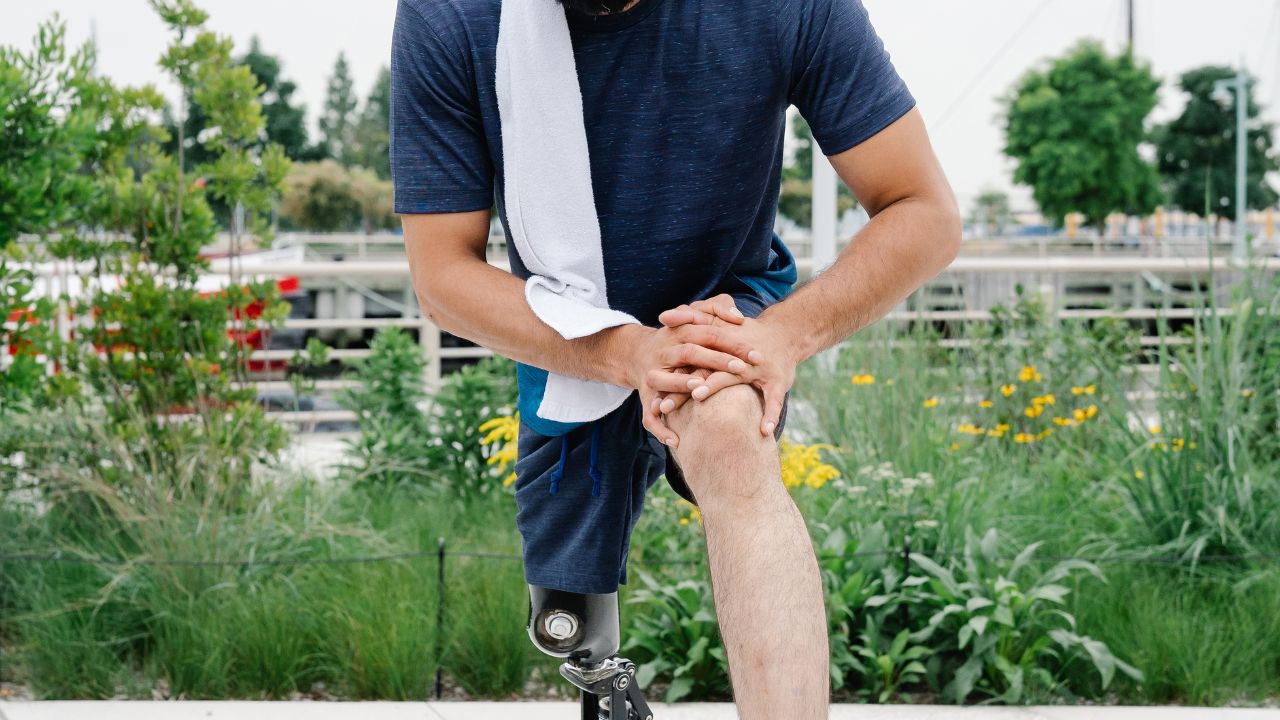
Preventing Calf Cramps
To effectively prevent calf cramps, regularly incorporate dynamic stretches for your calves into your warm-up routine. These stretches not only help to increase flexibility and range of motion in your calf muscles, but they also promote blood flow and oxygen delivery to the area. This is crucial for preventing dehydration and managing muscle fatigue during your run.
One effective dynamic stretch for the calves is the calf raise. Start by standing with your feet hip-width apart and slowly rise up onto your tiptoes, lifting your heels off the ground. Hold this position for a few seconds, then slowly lower your heels back down to the ground. Repeat this movement for 10-15 repetitions.
Another great stretch is the toe touch. Stand with your feet hip-width apart and slowly bend forward at the waist, reaching your hands towards your toes. Hold this position for a few seconds, then slowly rise back up to the starting position. Repeat this movement for 10-15 repetitions.
To improve your running performance, incorporate dynamic stretches for your calves into your warm-up routine. Dynamic stretches involve moving parts of your body through a full range of motion, helping to increase flexibility, blood flow, and muscle activation. Here are three dynamic stretches for your calves that can help improve your running performance:
Calf Raises: Stand with your feet hip-width apart, rise up onto your toes, and then lower your heels back down to the ground. Repeat this motion for 10-15 repetitions to strengthen and activate your calf muscles.
Heel-to-Toe Walks: Take a step forward with your right foot, rolling through the ball of your foot and pushing off with your toes. As your right foot lands, bring your left heel up towards your glutes. Repeat this motion for 10-15 steps on each leg to stretch and warm up your calf muscles.
Ankle Circles: Sit on the ground with your legs extended in front of you. Lift your right foot off the ground and rotate your ankle in a circular motion, first clockwise and then counterclockwise. Repeat this motion for 10-15 circles in each direction to increase ankle mobility and flexibility in your calves.
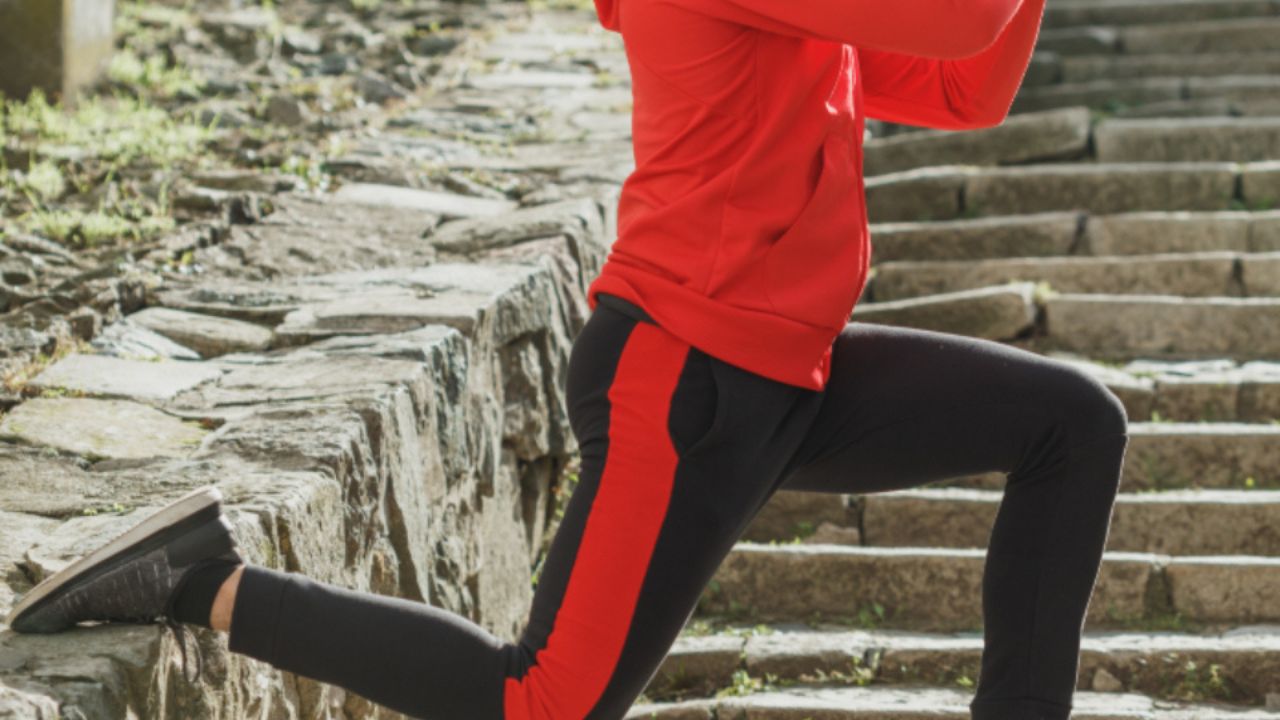
By incorporating these dynamic stretches into your warm-up routine, you can improve your running performance by increasing flexibility and activating your calf muscles.
Remember to also focus on proper nutrition for optimal running performance, and consider mental strategies for improving your running performance, such as visualization and positive self-talk. With dedication and consistency, you can reach new levels of freedom in your running journey. Keep pushing yourself and enjoy the exhilaration of the run!
Glute Activation Drills
Now it's time to activate those powerful glutes!
One great exercise for glute activation is hip bridges. By lifting your hips off the ground and squeezing your glutes at the top, you'll wake up those muscles and get them ready for a strong run.
Not only will glute activation help improve your running form and power, but it will also reduce the risk of injury.
Hip Bridges for Glutes
You should start by performing hip bridges to activate your glutes before running. Glute activation is crucial for hip stability and can help prevent injuries while running. Here are three reasons why hip bridges are essential for your warm-up routine:
Glute activation: Hip bridges target your glute muscles, which are the powerhouse of your lower body. Activating these muscles before your run will help improve your overall performance and prevent muscle imbalances.
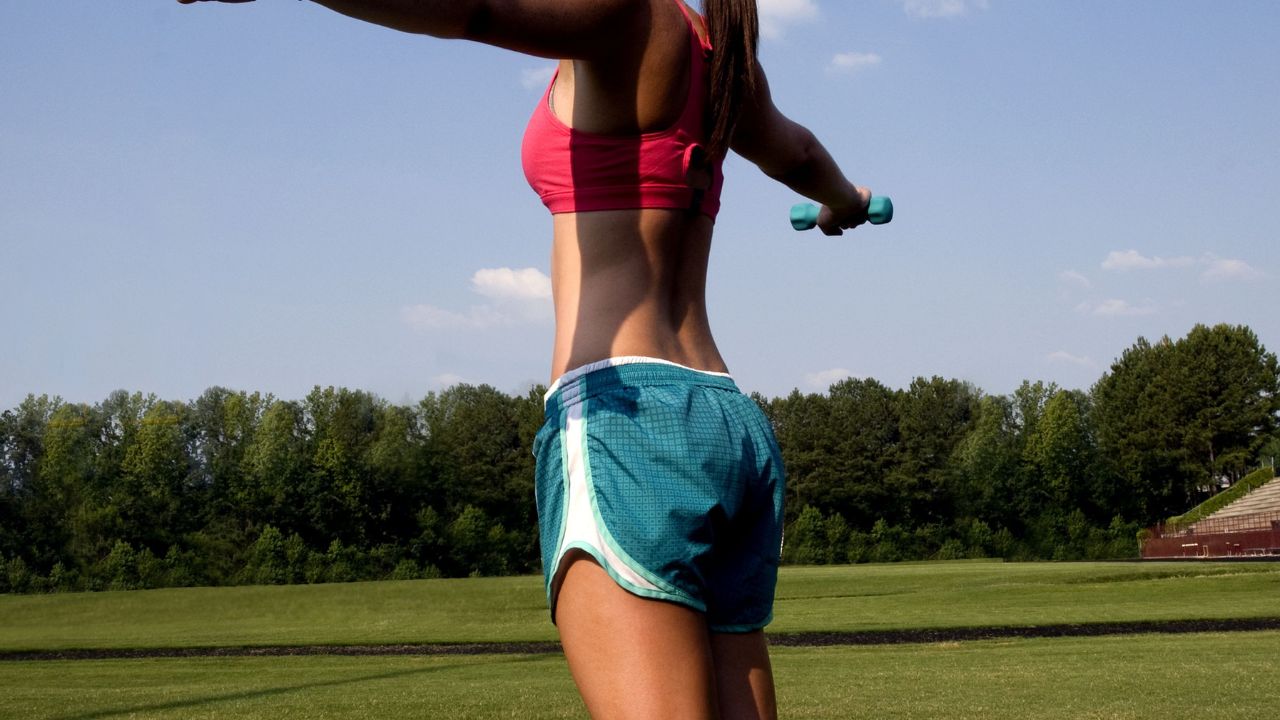
Hip stability: Strong glutes contribute to better hip stability, reducing the risk of injuries such as IT band syndrome and runner's knee. By incorporating hip bridges into your warm-up, you'll enhance the stability of your hips, ensuring a more efficient and injury-free run.
Improved running form: Hip bridges also help improve your running form by promoting proper alignment and posture. By activating your glutes, you'll engage the correct muscles and maintain a strong and balanced stride.
Incorporating hip bridges into your warm-up won't only enhance your running performance but also help you enjoy the freedom of running without the fear of injuries. So, take a few minutes to activate your glutes and set yourself up for a successful run!
Benefits of Activation
By incorporating glute activation drills into your warm-up routine, you can improve your running performance and reduce the risk of injuries.
Glute activation is crucial because it helps to activate and strengthen the glute muscles, which play a significant role in running. When your glutes are activated, they provide stability and power to your stride, allowing you to generate more force and propel yourself forward with greater efficiency. This leads to improved running performance and faster times.
Additionally, activating your glutes helps to prevent injuries by ensuring that the load is properly distributed throughout your lower body. When your glutes aren't activated, other muscles may have to compensate, leading to imbalances and potential injuries.
Ankle Mobility Exercises
To improve your running performance and prevent injuries, start incorporating ankle mobility exercises into your warm-up routine. Ankle stability exercises and ankle strengthening exercises are essential for runners because they help to increase ankle range of motion, improve balance, and reduce the risk of sprains and strains.
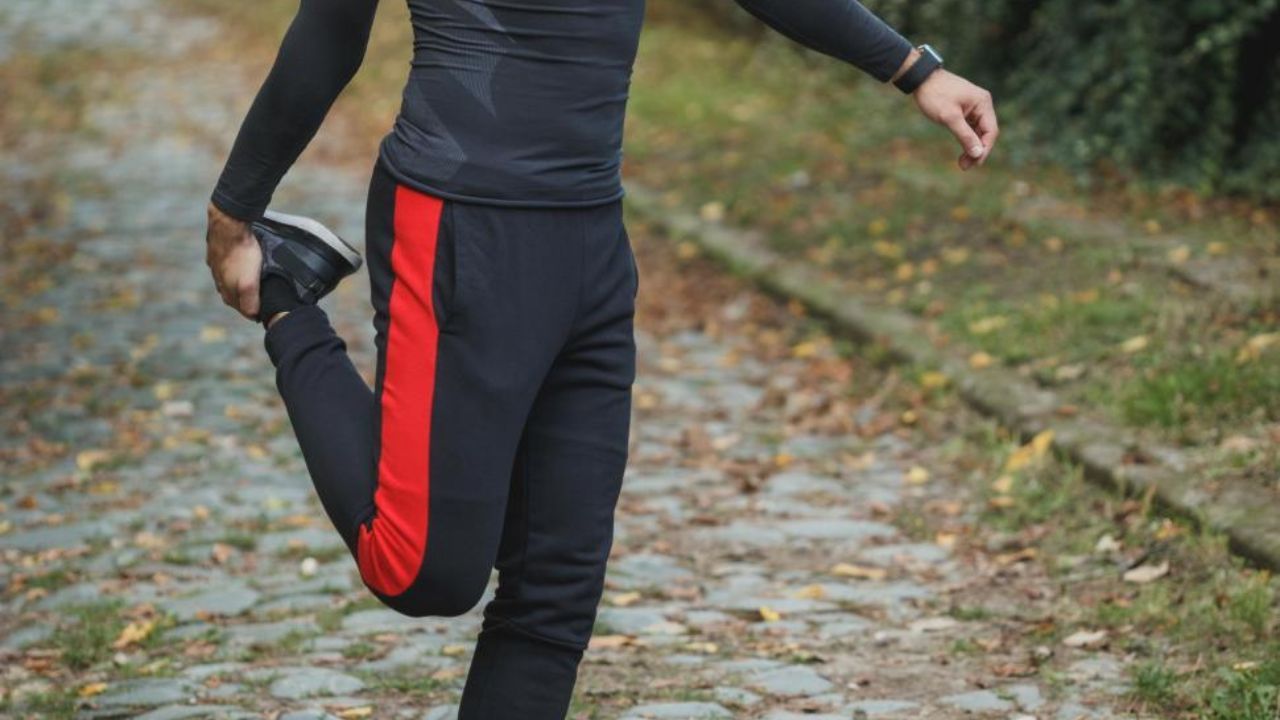
Here are three ankle mobility exercises that you can add to your warm-up routine:
Ankle Circles: Stand with your feet hip-width apart and slowly rotate your ankles in a circular motion, first clockwise and then counterclockwise. Perform 10 circles in each direction.
Heel-to-Toe Walk: Take small steps forward, placing your heel in front of your toes with each step. This exercise helps to improve ankle stability and balance. Aim for 20 steps.
Calf Raises: Stand with your feet hip-width apart and slowly rise up onto your toes, then lower back down. This exercise strengthens the muscles in your calves, which play a vital role in ankle stability. Do 3 sets of 10 repetitions.
Incorporating these ankle mobility exercises into your warm-up routine will help you run more efficiently and with less risk of injury. So, get moving and enjoy the freedom of strong and flexible ankles!
Dynamic Stretches for the Hamstrings
Get ready to loosen up your hamstrings with these dynamic stretches.
Hamstring flexibility is crucial for runners as it helps improve stride length and prevent injuries.
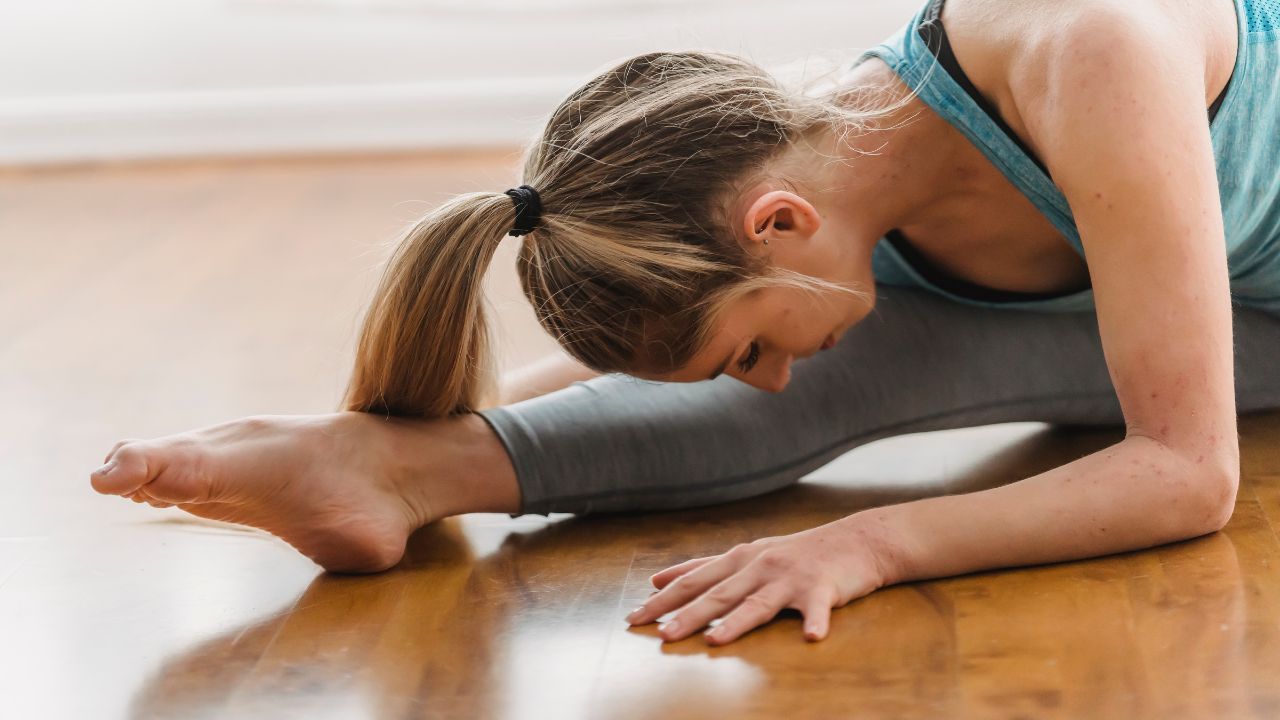
Dynamic stretches involve moving parts of your body while stretching, which increases blood flow and prepares your muscles for the upcoming run.
Start with walking lunges, taking big steps forward while keeping your back straight and feeling the stretch in your hamstrings.
Follow it up with high knees, bringing your knees up towards your chest while jogging in place.
Next, try leg swings, standing next to a wall or holding onto a sturdy object and swinging one leg forward and backward.
Finally, finish off with butt kicks, jogging while kicking your heels up towards your glutes.
These dynamic stretches won't only improve your hamstring flexibility but also help prevent injuries, allowing you to run freely and confidently.
Shoulder and Arm Warm-Up Exercises
Prepare your upper body for a successful run with these invigorating shoulder and arm warm-up exercises. Proper shoulder stability and arm mobility are essential for maintaining a strong and efficient running form. Here are three exercises to help you achieve just that:
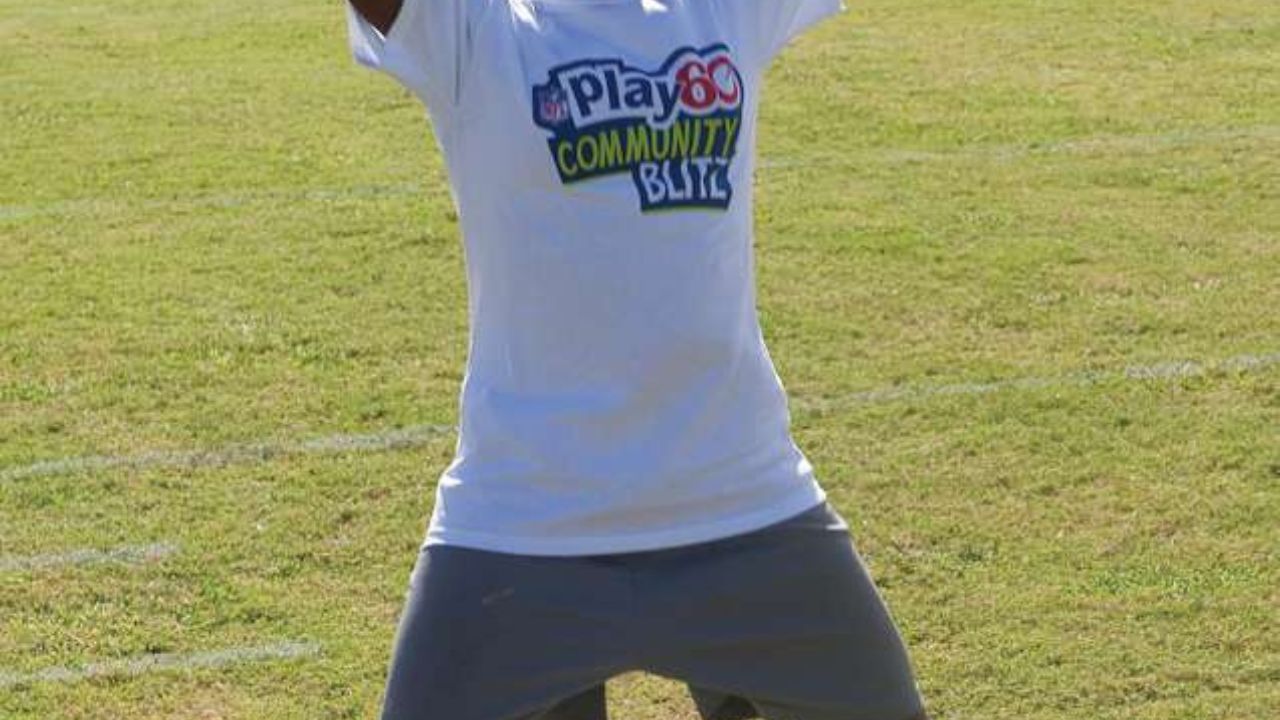
Shoulder Rolls: Stand tall with your feet shoulder-width apart. Roll your shoulders forward in a circular motion, gradually increasing the size of the circles. After a few rotations, switch directions and roll them backward. This exercise helps to loosen up the shoulder joints and improve mobility.
Arm Circles: Extend your arms out to the sides, parallel to the ground. Make small circles with your arms, gradually increasing the size of the circles. After a few rotations, reverse the direction. Arm circles improve blood flow to the shoulder muscles and enhance arm flexibility.
Overhead Arm Reach: Stand tall with your feet hip-width apart. Lift your right arm overhead, reaching towards the left side. Feel the stretch along your right side. Hold for a few seconds, then switch sides. This exercise helps to improve shoulder stability and increase range of motion.
Dynamic Stretches for the Quadriceps
As you begin your warm-up routine, start by incorporating dynamic stretches for the quadriceps to effectively prepare your muscles for the upcoming run. Dynamic stretches involve moving your muscles through a full range of motion, which helps improve flexibility, increase blood flow, and reduce the risk of injury.
To strengthen and warm up your quadriceps, try the following exercises:
Walking Lunges: Take a step forward with your right foot and lower your body into a lunge position. Push off with your right foot and bring your left foot forward into the next lunge. Repeat for several steps.
High Knees: Stand tall and jog in place while lifting your knees as high as possible. This exercise not only stretches your quadriceps but also engages your core and improves your overall running form.
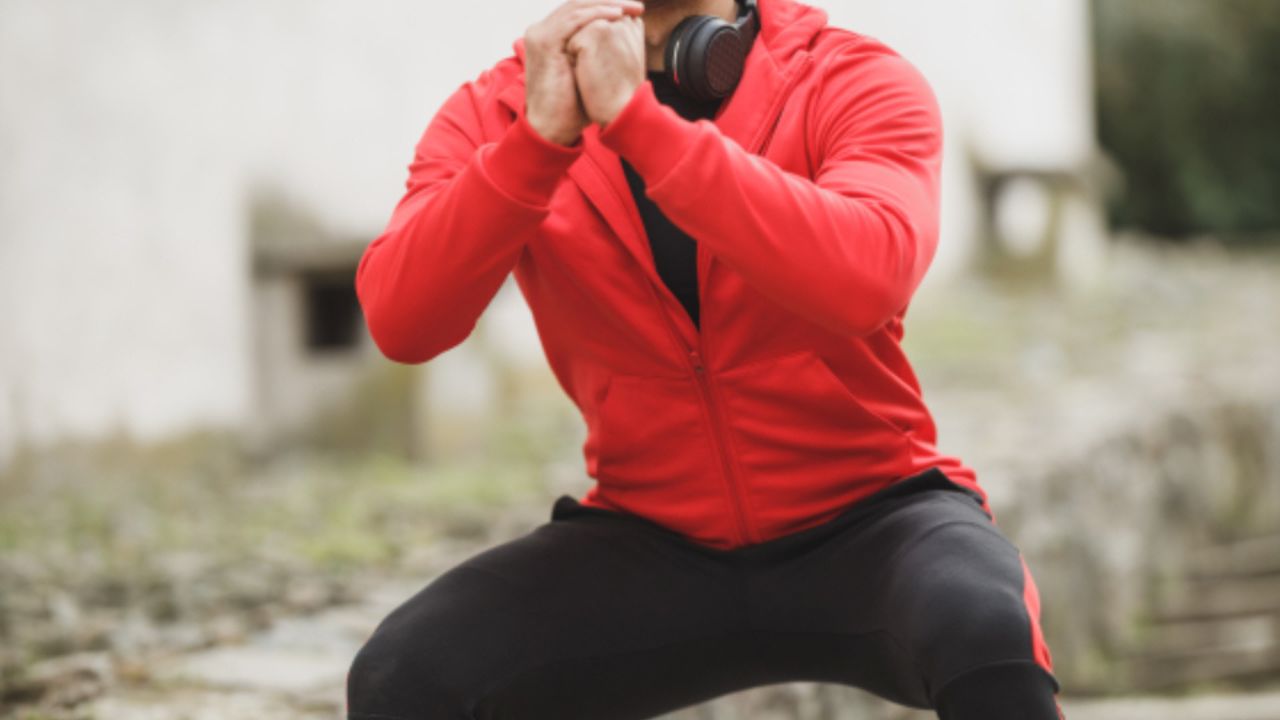
Frequently Asked Questions
What Are the Benefits of Warming up Before a Run?
Before a run, warming up has many benefits. It increases blood flow to your muscles, reduces the risk of injury, and improves your performance. Stretching is equally important as it increases flexibility and range of motion. So, don't skip your warm-up!
How Long Should a Warm-Up Routine Typically Last?
To maximize your warm-up routine's effectiveness, it's important to know how long it should typically last. A good rule of thumb is to aim for 10-15 minutes of dynamic stretches and light cardio exercises.
Can I Do These Warm-Up Exercises Indoors or Do I Need to Be Outside?
You can definitely do these warm-up exercises indoors. However, don't underestimate the benefits of outdoor warm-ups. Try incorporating both into your routine to keep things interesting and maximize your freedom to run anywhere.
Performing these warm-up exercises before every run, regardless of distance or intensity, will provide numerous benefits. However, there may be occasions when it's appropriate to skip them. Listen to your body and adjust accordingly.
Are There Any Modifications or Alternatives for These Warm-Up Exercises for Individuals With Specific Injuries or Limitations?
Looking for modifications or alternatives for warm-up exercises due to specific injuries or limitations? No worries! There are plenty of options available to help you stay active and injury-free. Let's explore some great alternatives together!
 Mobility trainingHome Fitness RecoverySports Injury PreventionPersonal Physical TherapyOrthopedic SolutionsPrivacy PolicyTerms And Conditions
Mobility trainingHome Fitness RecoverySports Injury PreventionPersonal Physical TherapyOrthopedic SolutionsPrivacy PolicyTerms And Conditions
